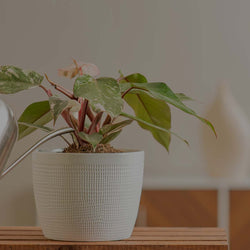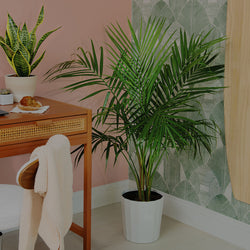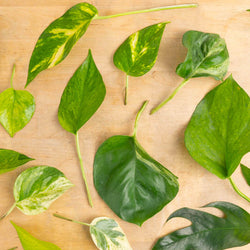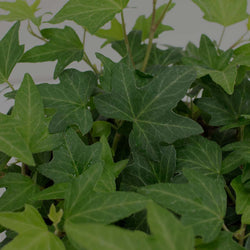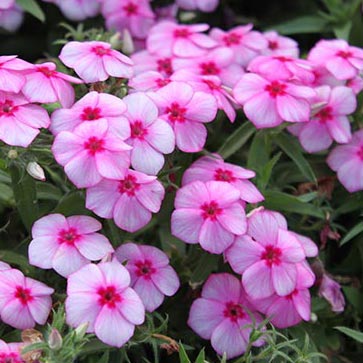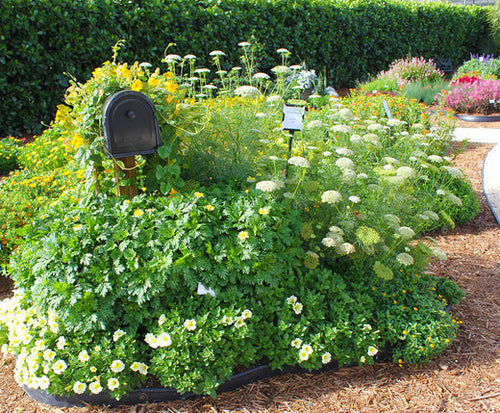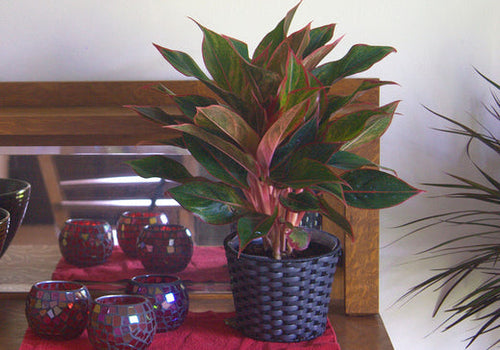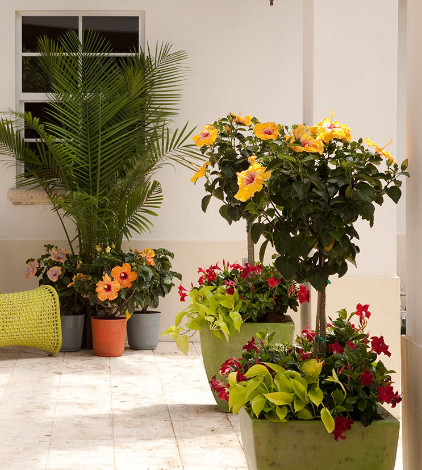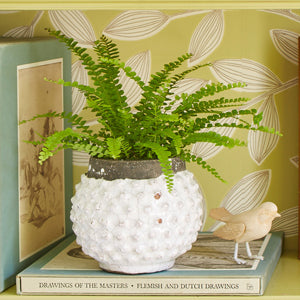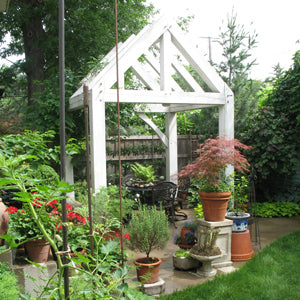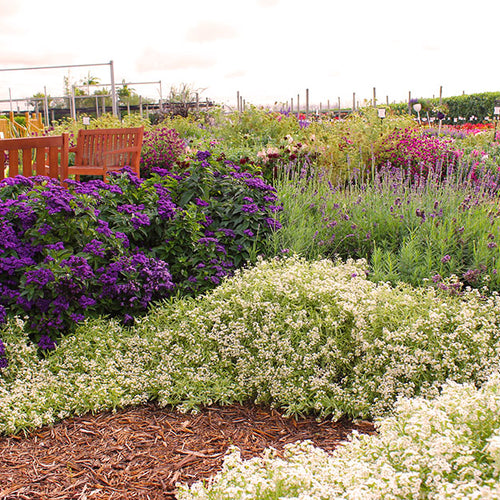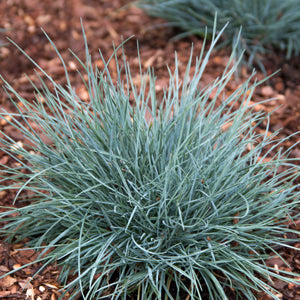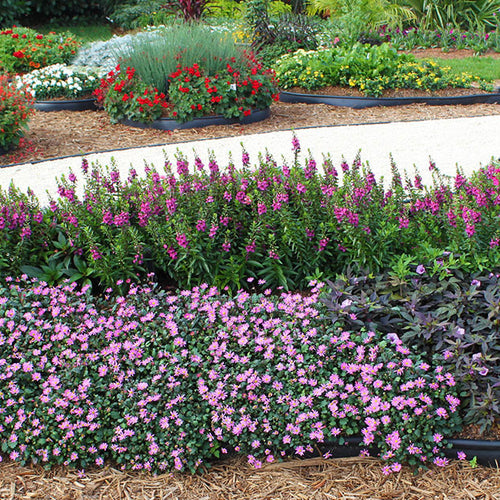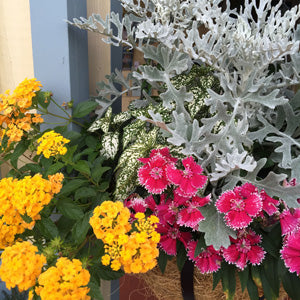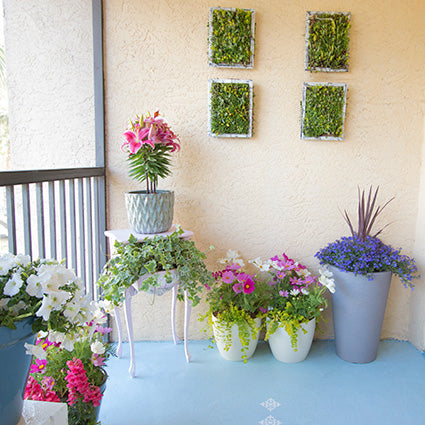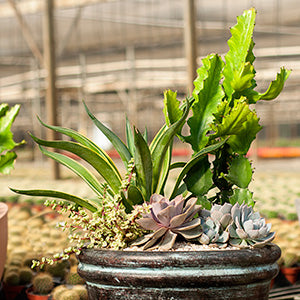
Consider Shapes and Texture
Add color and interest to your garden by mixing perennials with different bloom types in the same bed. Here,
for example, the upright stalks of red hot poker and the tall pink blooms of agastache, add vertical
interest to a bed packed with the daisy-like shapes of sedum and coneflower. Plus, the sturdy compact
perennials will help support the taller ones.

Celebrate the Sun
Transform an exposed spot in your landscape into a festival of flowers with a border of sun-worshipping
perennials. In this gorgeous bed, blanket flower, coneflower, agastache, and heuchera thrive because they
receive at least 6 to 8 hours of direct sunlight a day. Note: Although heuchera is often considered a shade
plant, there are newer sun-tolerant varieties that add both flower and foliage color.

Use Every Square Inch
Perennial flowers can grow anywhere! This handsome border is neatly tucked away between a privacy fence and
a retaining wall alongside a busy street. And, because it’s filled with heat- and drought-resistant pink
gaura, there’s almost no maintenance required to keep the bed in top form. Gaura’s nectar-rich blooms will
also attract hordes of butterflies.

Think Small
When it comes to perennials, good things do come in small packages. In fact, there’s an almost unlimited
selection of tiny treasures that fit snugly into even the most miniscule garden space. Here, pink and white
dianthus share the stage with two types of heuchera, and red fountain grass and live wire grass. Other
small-scale charmers include: bleeding heart, ajuga, hens and chicks, perennial geranium, liriope, vinca,
lamium, and violets.

Conquer the Shade
Electrify shade spots in your landscape with a mixed bag of perennials that prefer life on the dark side.
Most shade-loving perennials do just fine growing in 6 hours or less of filtered light a day. The easy-care
shade plants in this side yard include several varieties of heuchera, hakone grass, Japanese painted fern,
begonia, brunnera, and Jacob’s ladder.

Remember Pollinators
Bees, butterflies, and hummingbirds play a vital role in the environment, pollinating flowers, fruits, and
vegetables. That’s why you should include a banquet of nectar-rich perennials in your beds, borders, or
containers. Here, a mixture of white spiderwort, blue agastache, pink penstemon, and red heuchera keeps the
neighborhood pollinators fed and happy. All of these sun-loving perennials bloom throughout the summer.

Choose Colorful Foliage
Enjoy nonstop color by filling your garden with perennials that sport variegated or brightly toned foliage.
Surprisingly, many perennials are prized more for their jewel-colored leaves than they are for their blooms.
In this shady border, the sparkling green-and-white leaves of Solomon's seal tower over a bank of ruby red
heuchera. Chartreuse Japanese forest grass backed up by the patterned leaves of persicaria helps brighten
the landscape.

Pick Perfect Partners
Perennial flowers can’t do it all. In fact, they look their best when paired with other plants such as
roses, shrubs, or annuals. In this pretty-in-pink garden, perennial variegated iris and red heuchera share
the spotlight with a mass of pink annual diascia, pink English roses, and clipped boxwood shrubs.

Stage the Show
Creating a perennial border is a lot like putting together a high school musical. You want the tall kids in the back, short kids in the front, and your key players front and center. In this backyard production, the tall spiky blooms of agastache and red hot poker provide the bass notes in the rear, shorter members such as sedum and daylily squeeze in up front, while a huge mass of Shasta daisies sing solo at center stage.
